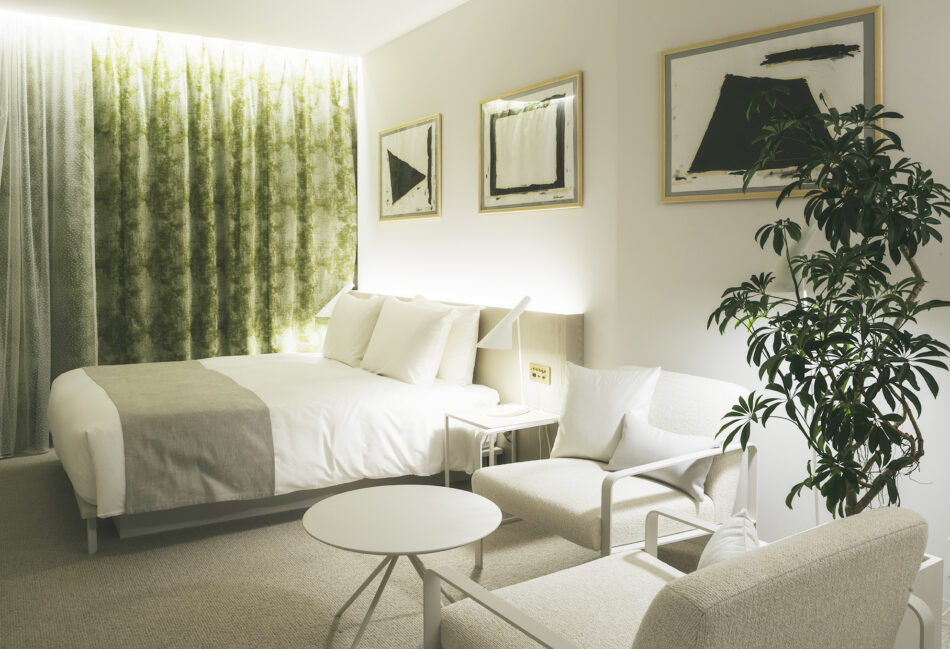ROOM 20 YOSHIO SHIRAKAWA

- Tabe of Contents
Three Mountains of Jomo

Myogi

Akagi

Haruna
Yoshio Shirakawa was born in Kitakyushu, Fukuoka Prefecture, in 1948. In 1970, he travelled to Europe to study philosophy at the University of Strasbourg’s Faculty of Literature. In 1972, he enrolled Strasbourg School of Art. He was admitted to the École nationale supérieure des beaux-arts in Paris in 1974, and graduated from Kunstakademie Düsseldorf in 1981. During his time in Düsseldorf, he was strongly influenced by Joseph Beuys’s concept of “social sculpture”. He also took an active role introducing Japanese avant-garde art to European audiences, organizing exhibitions such as Dada in Japan: 1920–1970 in the Kunstmuseum Düsseldorf in 1983.
After returning to Japan in 1983, Shirakawa accepted a position as a teacher at a private high school in Gunma and settled in the nearby village of Kunimura (now part of Nakanojo). In 1984, he organised the exhibition Japanese Avant-Garde Art: 1920-1970 at the University of Tokyo Komaba Museum. In 1989, he accepted a new position at the Kitakanto Fine Arts School and moved to the town of Ogo (now part of Maebashi). He is committed to using Gunma, his place of residence, as a thematic source for his creative work. Recognizing the role of locality in fine arts at an early stage, in 1993 he announced the formation of PLACE/GUNMA. In addition to his artistic activities, he is also an energetic writer. His major written works include Art as gift (Zoyo toshite no bijutsu: Suiseisha, 2014) and Art, myth, composite art: Toward the origin of art as gift (Bijutsu/shinwa/sogo geijutsu: Zoyo toshite no bijutsu no minamoto e: Suiseisha, 2019).
His solo exhibitions include Masao Shirakawa: Dada, Dada, Da (Arts Maebashi, Gunma, 2014). He also originated the Mokuba Festival (wooden horse festival) with Maebashi’s Benten Shopping Street as setting. This “imaginary observance” has been held in real life since 2011 with new ideas every year.
This work consists of three drawings produced for this room. The drawings depict the Jomo Sanzan or “Three Mountains of Jomo.” Jomo is an old name for the area that became modern-day Gunma Prefecture, and these mountains have always been a familiar presence for local residents. From Maebashi, all three can be seen in the distance, watching over everyday life in the city. Shirakawa reduces them to iconic forms, taking inspiration from the individual ridgelines of each peak. Mount Akagi is drawn as a rectangle, evoking the “long plains” (nagashi susono) at the foot of the mountain familiar from the local poetry card game Jomo karuta. Shirakawa’s use of masking tape and simple, everyday frames of the sort that can be purchased anywhere also reflects his philosophy of capturing art from everyday life.

